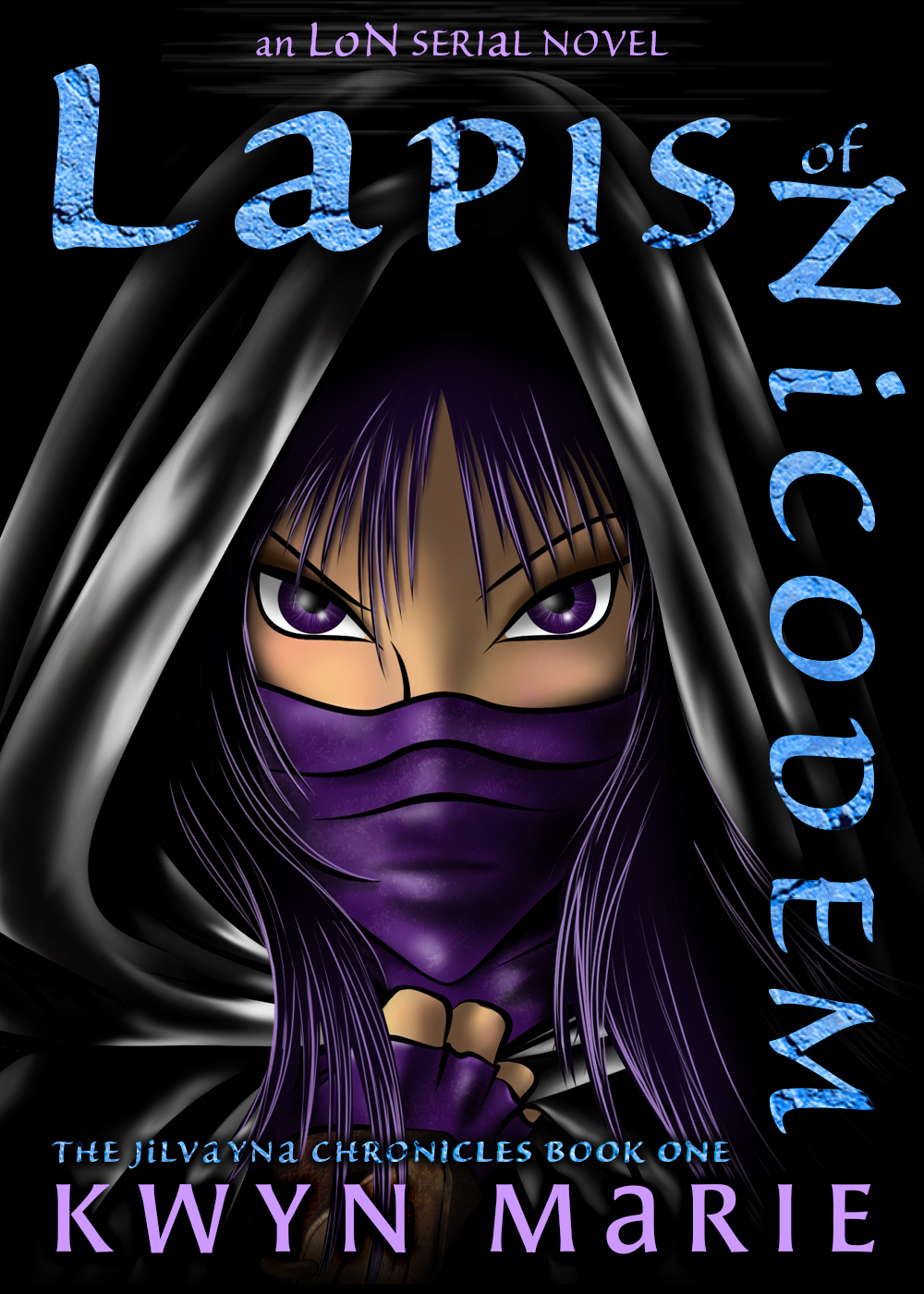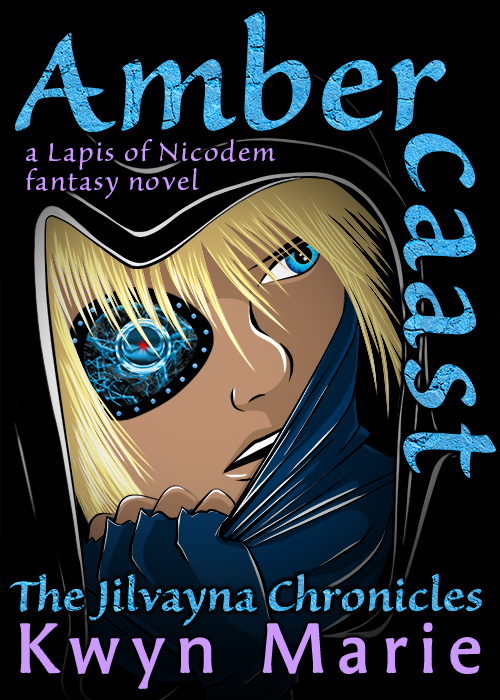After conquering their neighbors on their own continent and creating the Taangis Empire, Taangis sailed across the sea and overran the continent of Theyndora between 950 and 891 TE. Bloated with technology far in advance of anything the targeted countries could withstand, they swallowed lands and people at will.
Despite devastating defeats, the conquered peoples still fought against the empire and its abuses. Beginning under Emperor Ayapold and continuing with his son, Rofinus II, Taangis decided that breaking apart the native populations would, in turn, break their spirits. Starting in 810 TE and continuing for the next hundred years, the empire forcibly moved populations from one country to another and across continents. They felt that 1) the remaining natives and their suspicions of foreigners would keep the rebellious in check because they would have fewer allies to plot with, and 2) the immigrants, unfamiliar with the foreign lands and their societies and cultures, would keep to themselves and refuse to get involved with unfamiliar peoples. It worked, and Taangis took advantage of the lack of trust to further their own laws and agendas.
How it Worked
Taangis would divide population centers into twelve or thirteen districts. Only one would remain on native soil; the rest of the people were forced to move. Sometimes the move was to a neighboring country. More often, the move was across the continent, or even across the sea to another continent altogether. Within a few years, the population of said center would contain twelve different peoples from various lands under Taangis rule, all with different customs, beliefs, and wealth.
Nobles did not necessarily get moved to other noble communities, and the same with commoners, though rural populations fared better in that regard. Taangis tended to switch farmers with farmers, even though agricultural expertise did not necessarily translate from one environment to another. In general, the empire sought a hodge-podge of peoples and castes, and expected them to somehow live in suspicion yet with harmony, even when everything they believed and held dear was at odds with their new neighbors.
Results
Because so many peoples were displaced, despite deep distrust, populations had no choice but to intermarry. Social and religious beliefs mingled, creating new norms and cultures. By the time the Taangis Empire dissolved in 1 TE, the descendants of the immigrants had become completely integrated into the native populations, and were no longer considered outsiders. Originating race and culture no longer divided people, since nearly everyone had ancestors from several different lands.
The idea of a 'pure-born native' rose in some countries, pushed by aristocrats that wanted to legitimize their rule by claiming they only had native ancestors, and therefore should govern by right. This caused tensions to rise, since those who were not 'pure-born' thought they had as much right to the lands and rulership as any other. Civil wars ensued, though few pure-born natives won. Poorer commoners were especially contemptuous of the pure-born idea, for they saw it as a means to keep them from attaining wealth and a stronger say in society, and fought to preserve their own legacies.
Dentheria happened to be one of the pure-born victories, which translated into the Lord's Council believing they should rule all of Theyndora, by right. It prompted their invasion of Shaloar. Most of the puppet rulers they have placed in the conquered lands also ascribe to the pure-born belief, which has led to unexpected atrocities that the Lord's Council and Second Council frown upon, but do nothing to mitigate.






Comments